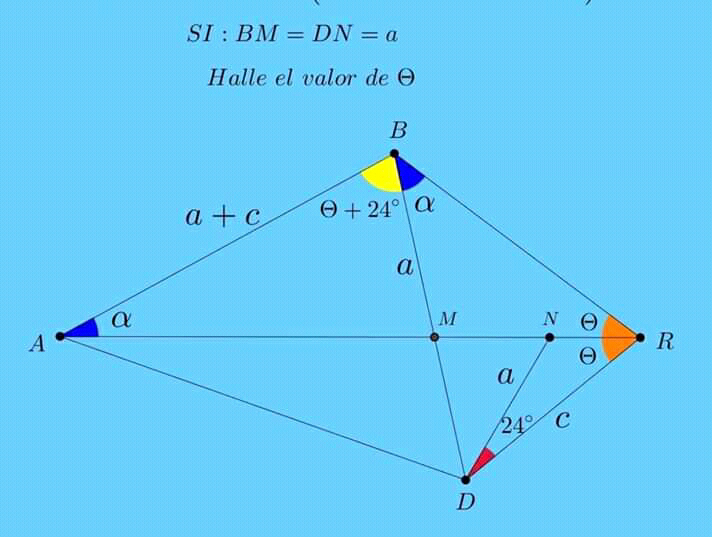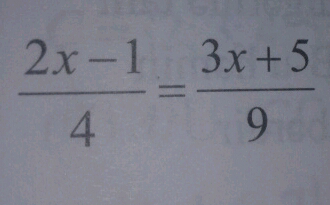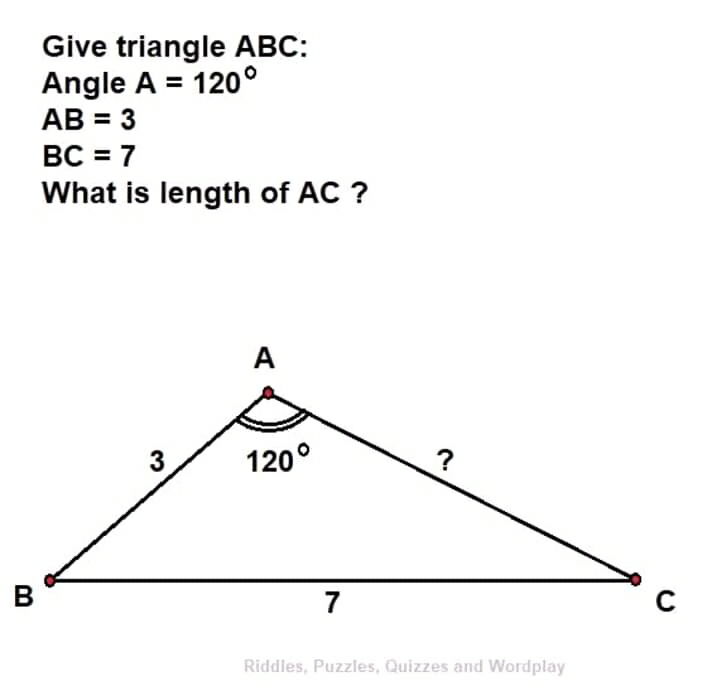
AllQuestion and Answers: Page 1601
Question Number 49123 Answers: 1 Comments: 1
Question Number 49121 Answers: 1 Comments: 0

Question Number 49118 Answers: 1 Comments: 0
Question Number 49116 Answers: 1 Comments: 2
Question Number 49112 Answers: 0 Comments: 1

Question Number 49111 Answers: 1 Comments: 0

Question Number 49101 Answers: 0 Comments: 0

Question Number 49100 Answers: 0 Comments: 0

Question Number 49099 Answers: 0 Comments: 0

Question Number 49097 Answers: 1 Comments: 0

Question Number 49096 Answers: 1 Comments: 0

Question Number 49095 Answers: 1 Comments: 0
Question Number 49094 Answers: 0 Comments: 1
Question Number 49093 Answers: 2 Comments: 0

Question Number 49092 Answers: 0 Comments: 0

Question Number 49090 Answers: 0 Comments: 1
Question Number 49083 Answers: 0 Comments: 0

Question Number 49078 Answers: 1 Comments: 0

Question Number 49077 Answers: 0 Comments: 0

Question Number 49064 Answers: 1 Comments: 0
Question Number 49061 Answers: 2 Comments: 0
Question Number 49060 Answers: 2 Comments: 0

Question Number 49037 Answers: 0 Comments: 0

Question Number 49036 Answers: 1 Comments: 4

Question Number 49035 Answers: 0 Comments: 0

Question Number 49034 Answers: 1 Comments: 0

Pg 1596 Pg 1597 Pg 1598 Pg 1599 Pg 1600 Pg 1601 Pg 1602 Pg 1603 Pg 1604 Pg 1605
